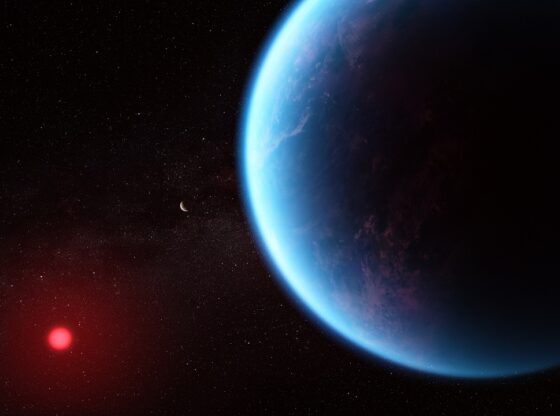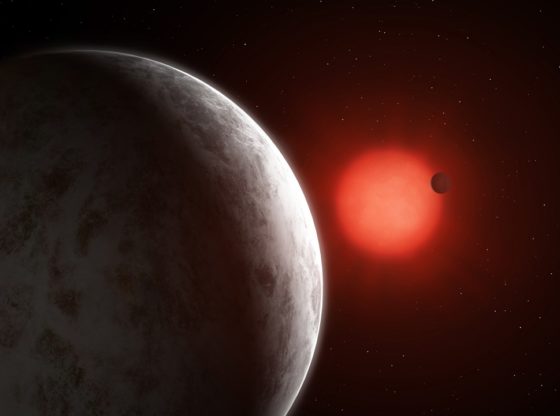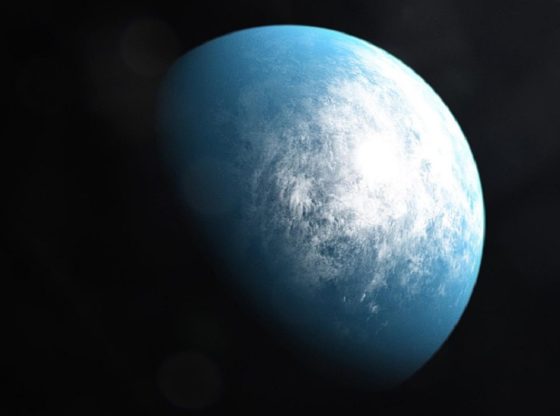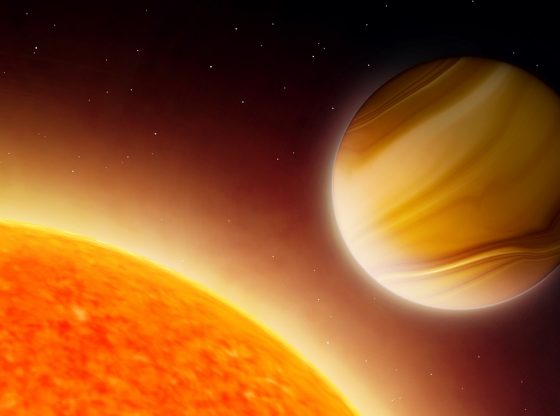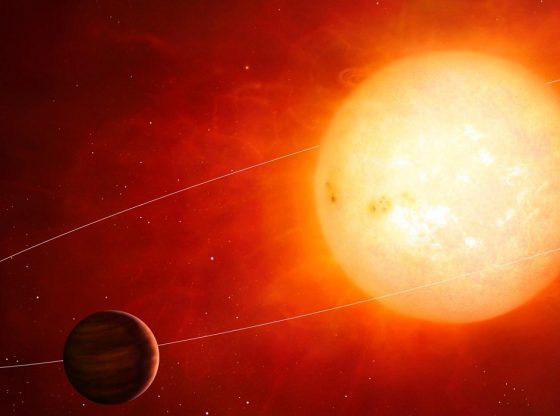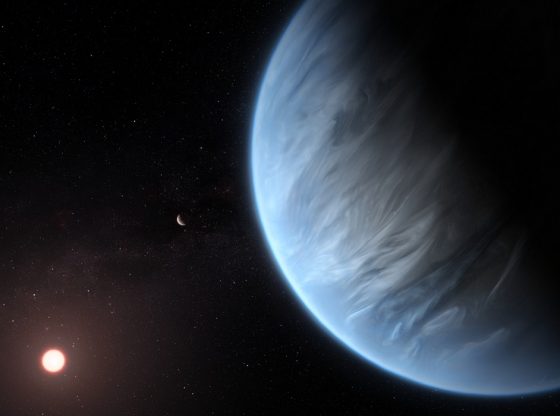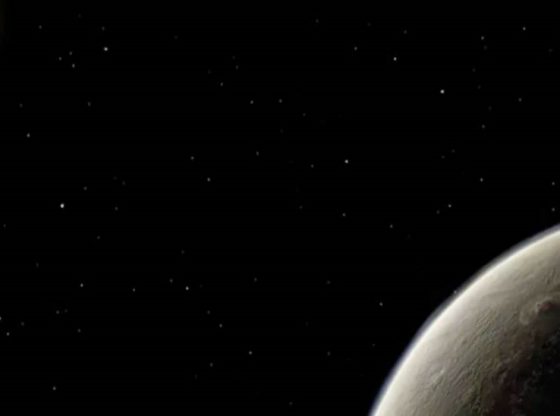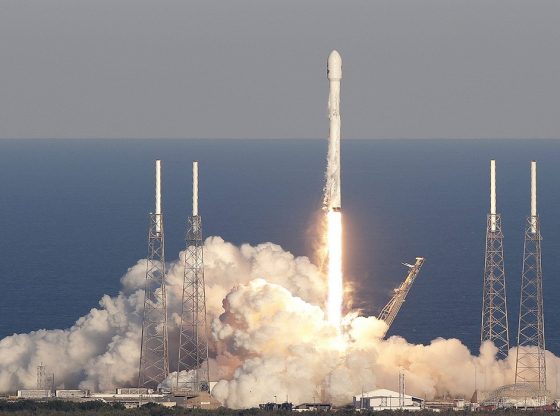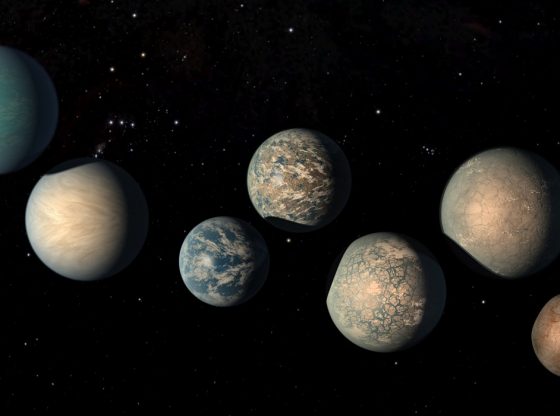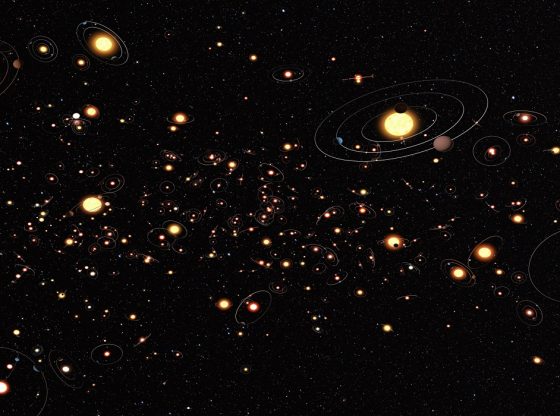
According to new data from the Harvard-Smithsonian Center for Astrophysics; at least one in six stars has an Earth-sized planet.
The astronomers have used the latest data provided by NASA’s Kepler space telescope. Based on this data, there could be as many as 17 billion planets or more in our own galaxy the Milky Way, each with a size similar to our own planet.
This is good news indeed if similar planet size is considered a prerequisite for the possibility of intelligent life as we know it.

The NASA Kepler space telescope uses the transit method to scan for planets. And smaller planets are much harder to detect but future technology and equipment will allow us to detect more of these elusive planets.
But based on the fact that there are planets the same size as the Earth, the researchers can assume that they have other characteristics in common with Earth.
Some of these planets orbit their parent star with a distance similar to Earth, and also a gravity reminiscent of Earth. But even if only one percent of all these planets were to be habitable in theory, there would be many of them.
Altogether, the researchers found that 50 percent of stars have a planet of Earth’s size or larger in a close orbit. And by also adding larger planets, that has been detected in wider orbits, up to the orbital distance of the Earth, this number reaches 70 percent.
_______________
At Least One in Six Stars Has an Earth-sized Planet
______________________________

